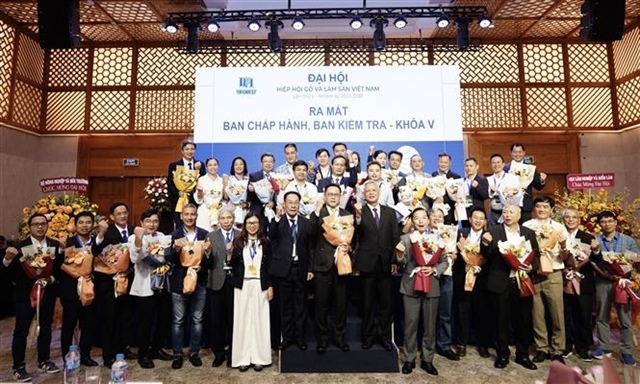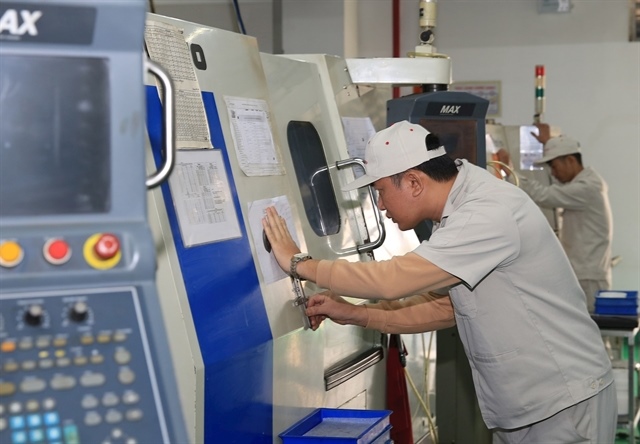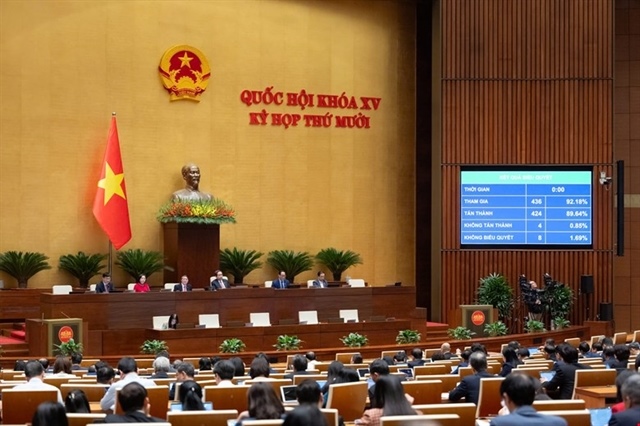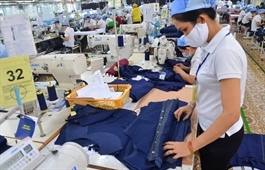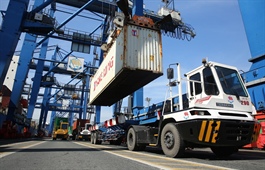Backlog of trucks remains at border gates
Backlog of trucks remains at border gates
Trade bottlenecks are easing but nearly 3,000 trucks are still bogged down at border gates due to persistently sluggish customs clearance, according to the Department of Agriculture and Rural Development of Lang Son Province.

The department said around 1,571 trucks were still stuck at Huu Nghi border gate, 515 trucks at Chi Ma and 766 at Tan Thanh by January 3. Goods are being cleared at a rate equal to just one-fifth of the rate prior to the pandemic.
That’s to say less than 100 trucks are crossing the border at each gate daily. Meanwhile, Chinese officers are processing customs procedures for just 4-8 hours a day. With such a slow pace of clearance, it will take another 40 days to clear the backlog.
As the Lunar New Year is drawing near, China has transferred many customs officers elsewhere to deal with Chinese returning from abroad, leaving border gates short-staffed, further slowing down customs clearance.
Director of Viet Nam’s Customs Control and Supervision Department Au Anh Tuan has urged the Ministry of Industry and Trade to hold talks with Chinese counterparts to call for higher working efficiency and a working time of twelve hours for Chinese customs officers to help trucks, notably those with agricultural produce, move at a faster pace.
So far, China has allowed just nine Vietnamese fruits to be imported through official channels. Any fruits not on the list must be transported to the country through unofficial channels or minor border gates.
As Chinese partners normally gather at Tan Thanh minor gate to receive their goods, Viet Nam export firms thus find it impractical to deliver goods at other minor gates. As a result, Tan Thanh usually gets overwhelmed by the trade flow any time China tightens their control or trucks arrive in large numbers.
“Chinese merchants normally gather at Tan Thanh to take their goods. Therefore, it is impractical for Vietnamese firms to take alternative routes to make the delivery at other minor gates such as Coc Nam or Na Hinh,” said Tran Thanh Hai, deputy director of Import-Export Department.
To deal with the situation, Hai suggests developing an inland logistic hub, which consists of warehouses for processing and preserving goods and customs gates to process exporting procedures. As soon as goods pass through the hub, they can then be sealed and transported to enter China without any additional customs procedures, substantially reducing the customs workload at the border.
The deputy director also strongly recommends the Government come to farmers’ assistance by linking them to experts and distributing firms. With the help from the Government, farmers can raise the bar for agricultural produce and sell their fruit more easily, lessening the impact of any trade bottlenecks.
Difficulties still lie ahead for Viet Nam’s agricultural produces as China has announced plans to suspend the import of goods on refrigerated containers 14 days prior to and 14 days after the Tet holiday.


